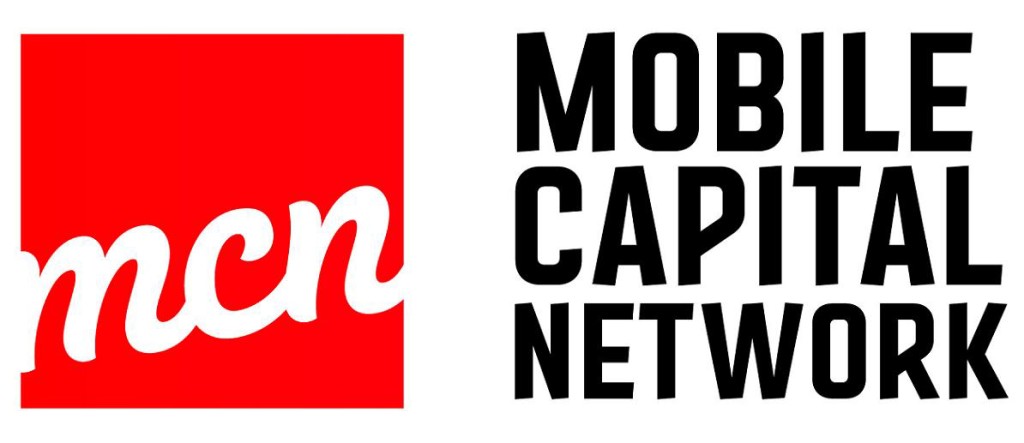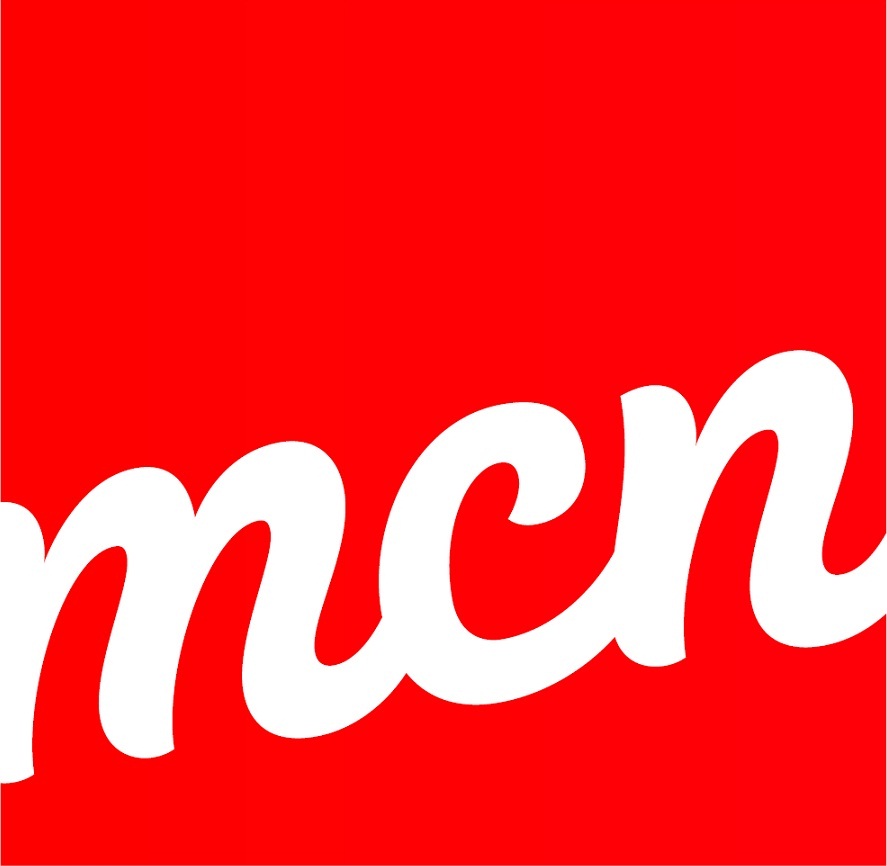Individual IT consultants developing software for clients on a subcontract basis that also develop their own proprietary software regularly approach us at MCN. Quite often the proprietary software they develop is of an experimental nature and qualifies as SRED eligible work.
The amounts owners-managers can claim is limited by their company’s structure, or the manner in which they compensate themselves. While the selection of a particular business structure as well as the choice of a given compensation arrangement are often seen as a tax planning exercise, SRED is rarely factored into the equation. Here are some things you may want to consider:
- Incorporate. As a Canadian Controlled Private Corporation (CCPC) your business can take advantage of substantially higher SRED return rates. As a CCPC, your SRED benefits may be refundable whereas as a sole proprietor you are only eligible for a non-refundable tax credit.
- Pay yourself a salary. In 2008, an owner performing SRED-eligible work can claim up to $224,500 of his/her salary as a SRED expense. The regular T4 salary of the owner, up to $112,250 in 2008, is further eligible for proxy overhead calculations. If you pay yourself as a contractor, your compensation is not eligible for the proxy overhead. Payments made as shareholder loans, director’s advances or bonuses cannot be claimed under SRED.
- Accrue salaries. If you do not have cash to pay yourself right away, accrue a salary. Accrued salaries are eligible for SRED as long as they are paid within 180 days of the company’s fiscal year end.
There are many other issues that may affect your ability to claim SRED. For example, your contract may be worded so that your ability to claim SRED is questionable. You need to be careful with the way you invoice your client as there is only so many hours you can legally claim as time spent on SRED. If you are an owner-operator of a business and your work involves SRED, make sure SRED is an integral part of your tax planning!


